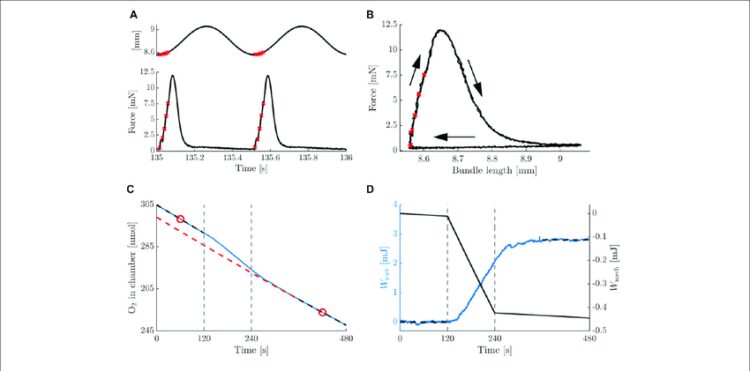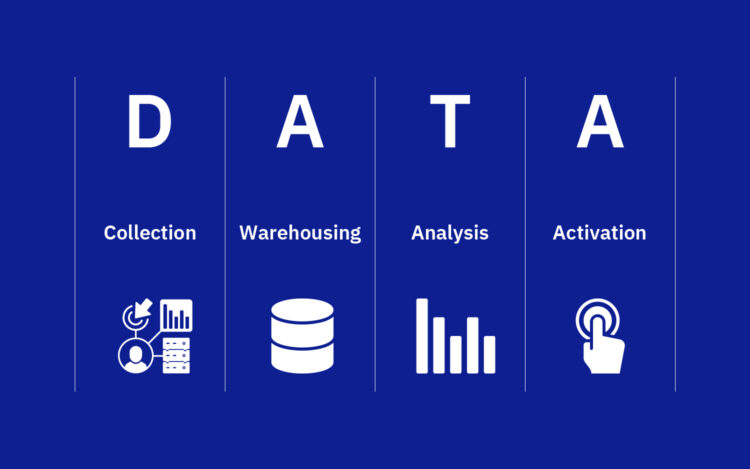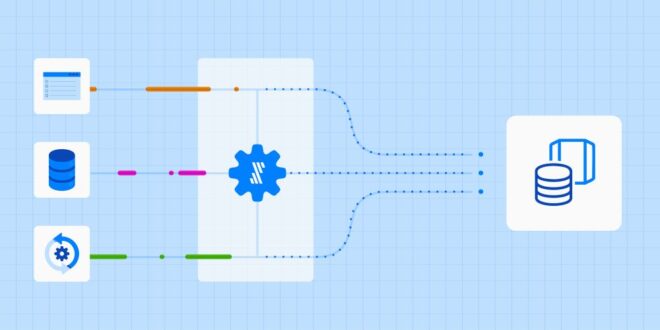The concept of data storage is evolving fast, and many businesses are struggling to keep up. While traditional warehouse methods worked for smaller sets of information, the vast quantities of available data have made the modern data stack an essential component of any business strategy. Understanding how modern storage works can help you to make more informed decisions about how your company interacts with its data.
Eccentric Data

Data stacks are essentially systems designed to house, organize, and manage data. Safe storage includes identifying duplicates and cleaning up information so it can be analyzed more easily. Traditionally, data stacks used the ETL method of moving data. First, information is extracted from the source, and transformed into a structure that the storage system can easily manipulate. Finally, the information is loaded onto the server.
Virtual storage has changed how these systems work. A modern data stack uses revolutionary technology that doesn’t require transforming data before sending it to its final destination. Because it is housed in the cloud, a modern stack is much more accessible than its in-house counterparts. The remote nature of contemporary storage solutions means data is easier to find, examine, and analyze than its more-traditional counterparts.
5 Keys to the Storage Kingdom

There are many aspects to the modern data stack concept that makes it a very versatile option. There are several components that help to streamline contemporary data storage, including:
Sources
The first aspect of any data stack is where it gets all of its information from. Data can be pulled from a number of different sources, each offering particular insight into how your customers interact with your products and services. Most businesses gather their information from multiple sources, and having a storage system that can organize and maintain the integrity of all that data is essential to keeping your business moving forward.
Ingestion
Being able to take in and organize data is one thing, but transferring it to the analytics layer is the only way to get a comprehensive look at clean data. Usually, information is transferred by two methods. Real-time ingestion taps into web, mobile, and server-based events to get an up-front look at customer interactions. Batch-based ingestion lumps data into groups and transmits those chunks as a whole. This method is more cost-effective since the data is pulled from more localized sources where data has already been cleaned.
Transformation
Like cooking with ingredients, data needs to be prepared before it can be used effectively. During the transformation process, a modern data stack will convert raw data into a more user-friendly model, making it much easier for employees to manage and different systems to analyze. This more readable data can then be shared across departments.
Visualization
Letters and numbers don’t always convey information in the most efficient manner. Modern data can be reconfigured to be more readable, but it can also be transformed into graphics and charts. These visualizations help team members to identify patterns and come to more meaningful conclusions about what their data is trying to say.
Reverse ETL
Also called operationalization, reverse ETL takes the standard practice of Extraction, Transformation, and Load and flips it on its head. These processes shift data from the data sets directly to third-party software that can handle transforming and integrating it themselves. Such programs include customer relationship managers and other saas applications which rely on that data to create effective outcomes.
Benefits of the Modern Data Stack

Because data manipulation technology advances so quickly, having a dynamic system helps to manage data even as its relationship to business evolves. Using modern options for virtual data storage comes with a lot of benefits, including:
- Cost Effectiveness: The advent of cloud computing has made things much easier and less expensive for businesses. By outsourcing their data storage, companies don’t need to waste money on in-house storage and maintenance within IT departments. New devices are also much faster at transferring data than legacy technology.
- Automation: One of the best things about modern data stacks is their versatility and task scheduling. Being able to automate more banal processes will not only keep your employees from getting bored with menial work but will also let them focus on matters more important to the success of your business.
- Ease-of-Use: Because it’s designed with remote operation in mind, modern stack programming is exceptionally easy and intuitive to use. Your teams don’t need dedicated IT technicians around to make sure they know how to use the software. In addition, modern data stacks are becoming the go-to for data storage in the industry.
Modern Data Marketing Solutions

Businesses have been using customer data to craft powerful marking campaigns for generations. Now that information is easier to obtain, there’s exponentially more today than there ever has been before. Using a modern data stack with your business will help it grow while also providing your teams with safe and easily accessible ways to work with their data. There’s no telling how much your company can flourish with all of that information finally at your fingertips!
 Hi Boox Popular Magazine 2024
Hi Boox Popular Magazine 2024



